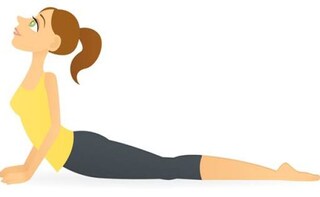The name Bhujangasana comes from the Sanskrit word 'bhujanga' which translates to 'snake' or 'serpent' and 'asana' meaning 'posture'. Hence, it is often referred to as the Cobra Pose, as it reflects the posture of a cobra that has its hood raised.
Advertisement
Advertisement
Advertisement
Advertisement
For the latest food news, health tips and recipes, like us on Facebook or follow us on Twitter and YouTube.
Advertisement
